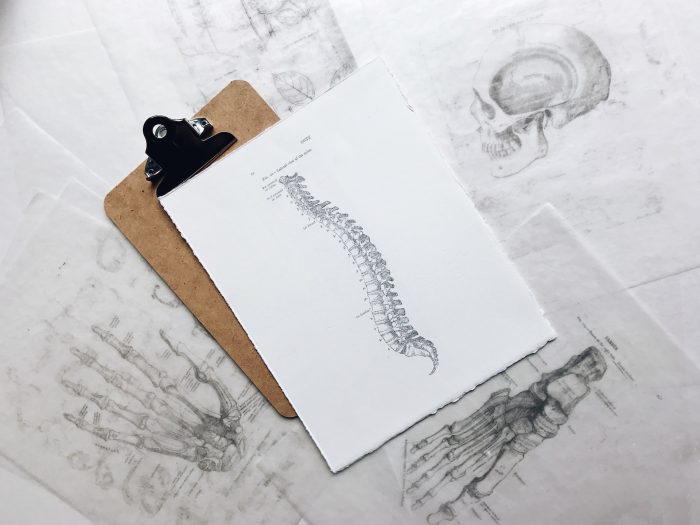Photography is a powerful art form that allows us to capture and preserve special moments in time. Whether it’s a breathtaking landscape, a candid family portrait, or an action-packed sports shot, a great photograph can transport us back to a specific moment and evoke feelings of nostalgia, wonder, or inspiration. These days, you’ve got plenty of software and hardware options for taking astounding photos — from virtual photo booths to professional camera equipment.
This article aims to teach readers how to take great photos. Whether you’re a beginner just starting with photography or an experienced amateur looking to improve your skills, the tips and techniques outlined in this article will help you take your photography to the next level.
We’ll cover essential aspects of photography, such as camera settings, composition, lighting, and post-processing, as well as provide tips for practice and experimentation. By the end of this article, you’ll have the knowledge and tools you need to take stunning photos that you’ll be proud to share.
Camera Settings
Understanding your camera’s aperture, shutter speed, and ISO settings is essential for taking great photos. Aperture controls how much light enters the camera, shutter speed determines how long the camera’s sensor is exposed to light, and ISO measures the camera’s sensitivity to light.
By adjusting these settings, you can control your photos’ exposure and depth of field. A lower aperture (larger f-stop number) will create a greater depth of field, making more of the image appear in focus. A faster shutter speed will help to freeze the action and prevent blur. And a lower ISO will help to reduce noise in your photos.
But it’s not as simple as having one set of rules regarding the right settings for different types of photos. For example, if you’re taking a portrait, you’ll want a shallow depth of field (large aperture) to blur the background and make your subject stand out. On the other hand, if you’re taking a landscape, you’ll want a deep depth of field (small aperture) to keep everything in focus.
It’s important to experiment with different settings and find what works best for the type of photo you’re trying to take. And don’t be afraid to break the rules if it helps you to achieve the desired effect. The most important thing is to understand the basics of aperture, shutter speed, and ISO so that you can make informed decisions when taking your photos.
Composition
The way you arrange the elements in your photos is crucial for creating interest and drawing the viewer’s eye to your subject. One of the most popular compositional techniques is the rule of thirds. This principle states that you should imagine your image is divided into nine equal parts by two equally spaced horizontal lines and two equally spaced vertical lines. The idea is to place the main subject of your photo along one of these lines or at one of the points where the lines intersect.
Using lines and shapes in your composition can also create interest in a photo. Leading lines, such as a road or a river, can guide the viewer’s eye toward the main subject, while shapes, such as triangles or circles, can add visual interest and balance to a composition.
When it comes to finding the best angle for a shot, it’s all about perspective. Sometimes, a photograph was taken from a higher or lower angle, or closer or farther away, which can significantly affect how the photo is perceived. Experiment with different angles and perspectives, and don’t be afraid to get creative.
The most important thing is to keep your eyes open and be aware of the elements in your scene and how you can use them to create the most interesting and dynamic composition.
Lighting
Lighting is one of the most important elements of photography and can make or break a photo. There are two main types of light: natural and artificial. Natural light comes from the sun, while artificial light comes from sources like lamps, streetlights, and flash.
Understanding how to use light can help you create mood and depth in your photos. For example, warm light, such as the setting sun, can create a cozy and intimate mood, while cool light, such as an overcast sky, can create a serene and peaceful mood.
When capturing great photos in different lighting situations, it’s essential to know how to adjust your camera settings to suit the lighting conditions. For example, when shooting in low light, you’ll need to use a higher ISO or a slower shutter speed to let more light into the camera. You’ll need to use a lower ISO or a faster shutter speed when shooting in bright sunlight to prevent overexposure.
Experiment with different lighting setups and techniques, such as using reflectors or diffusers or trying out backlighting or side lighting. The most important thing is to understand the properties of light and how to use them to enhance your photos.
Post-Processing
Post-processing is editing your photos on a computer using software such as Lightroom or Photoshop. It’s an important step in the photography process, as it allows you to enhance your photos and make them look their best.
Basic post-processing techniques include adjusting the white balance, exposure, contrast, and saturation. You can also use editing tools to remove blemishes, crop the image, or straighten it if it’s not straight.
One of the most potent tools in post-processing is the ability to edit certain areas of a photo selectively. This is known as masking, allowing you to apply adjustments to only specific parts of the image, such as brightening the sky or bringing out details in the shadows.
But it’s essential to remember that post-processing should be used to enhance your photos, not to change them completely. Over-editing can lead to an artificial or unrealistic look that can make the photograph look less natural. Keep it simple and subtle, and always strive to maintain the integrity and natural look of the original photo.
Remember that post-processing is just one step in the photography process. It should be used in conjunction with the other techniques outlined in this article, such as composition and lighting, to create great photos.









